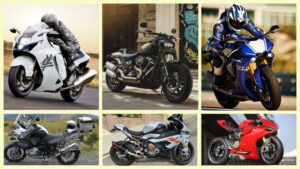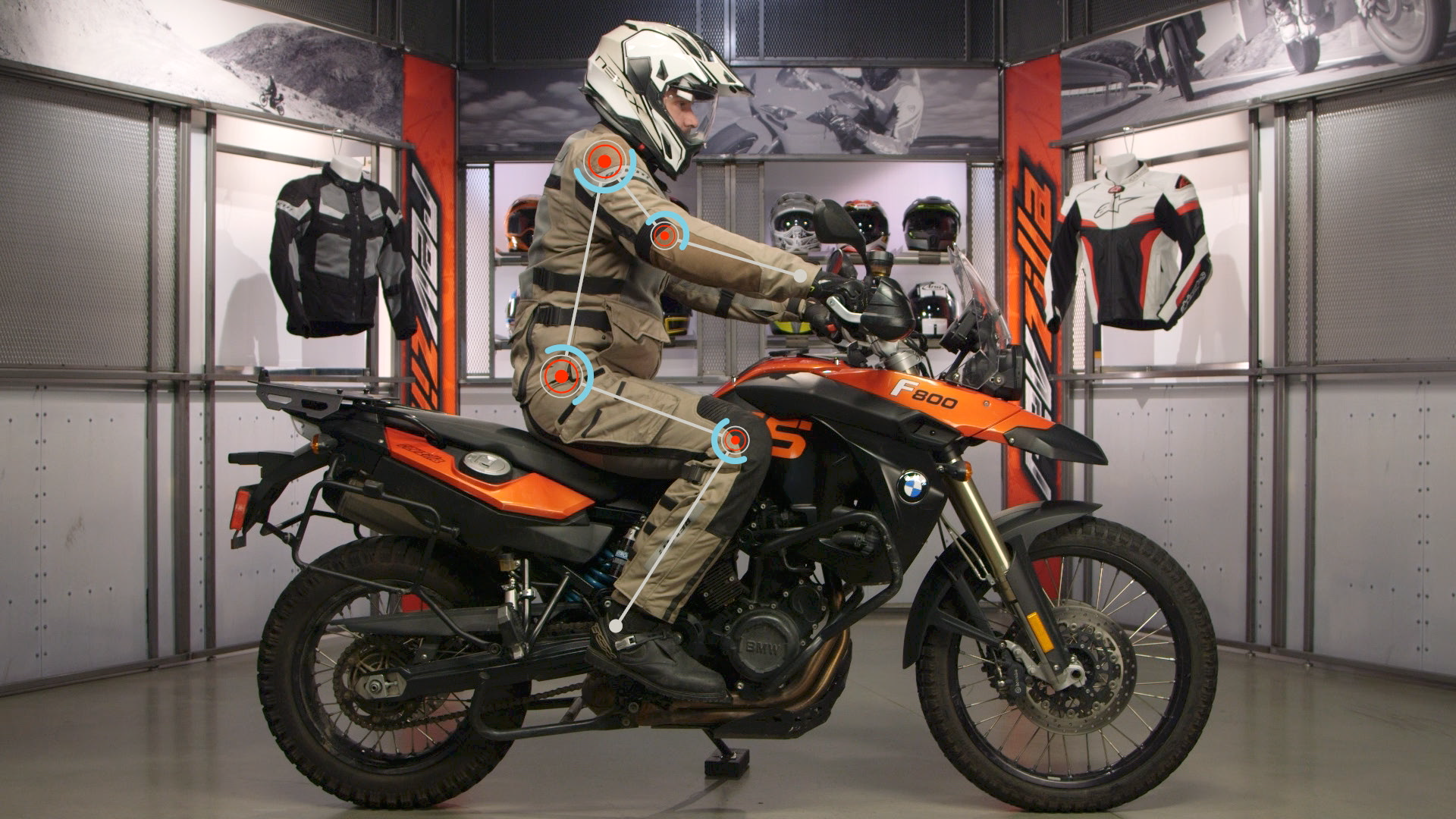Choosing the right auto bike is an important decision that can significantly impact your daily commuting experience, weekend adventures, and overall enjoyment of riding. With numerous models and features available, it’s essential to consider various factors to ensure you select an auto bike that best fits your needs and preferences. This comprehensive guide will walk you through the key aspects of choosing the perfect auto bike, including types, features, and tips for making an informed decision.
Table of Contents
Toggle1. Understanding Different Types of Auto Bikes
Auto bikes, also known as motorcycles or motorbikes, come in various types, each designed for specific riding styles and purposes. Here’s a breakdown of the most common types:
a. Standard Bikes
Standard bikes are versatile and offer a balanced combination of comfort, performance, and ease of handling. They are often recommended for beginners due to their straightforward design and user-friendly characteristics. Standard bikes typically feature an upright riding position, which provides good visibility and control.
b. Sport Bikes
Sport bikes are designed for high performance and agility. They usually have a more aggressive riding position with higher foot pegs and lower handlebars, which can enhance handling and cornering. These bikes are ideal for riders who enjoy speed and dynamic riding but may not be the best choice for long-distance comfort.
c. Cruisers
Cruisers are known for their relaxed riding position, which is lower and more laid-back compared to other types. They often have larger engines and a classic design. Cruisers are great for long, comfortable rides and are popular among riders who prefer a stylish, laid-back experience.
d. Touring Bikes
Touring bikes are built for long-distance travel and come equipped with features such as large fuel tanks, comfortable seats, and ample storage space. They are designed to provide a smooth and enjoyable ride on extended journeys and often include advanced features like GPS and entertainment systems.
e. Adventure Bikes
Adventure bikes, also known as dual-sport or adventure-touring bikes, are designed for both on-road and off-road riding. They combine features of touring bikes and off-road motorcycles, offering versatility for various terrains. These bikes are suitable for riders who enjoy exploring diverse environments.
f. Dirt Bikes
Dirt bikes are specifically designed for off-road use. They are lightweight, with long suspension travel to handle rough terrain. Dirt bikes are ideal for riders who enjoy off-road trails and challenging conditions but may not be suitable for on-road riding.
2. Key Features to Consider

When selecting an auto bike, it’s essential to evaluate various features to ensure the bike meets your needs. Here are some key features to consider:
a. Engine Size and Performance
The engine size, measured in cubic centimeters (cc), significantly impacts a bike’s performance. Larger engines generally provide more power and speed, while smaller engines are often more manageable for beginners. Consider your riding needs and experience level when choosing an engine size.
b. Fuel Efficiency
Fuel efficiency is an important factor, especially if you plan to use your auto bike for daily commuting. Bikes with smaller engines tend to be more fuel-efficient, while larger engines may consume more fuel. Check the manufacturer’s specifications for fuel efficiency ratings.
c. Comfort and Ergonomics
Comfort is crucial, especially if you plan to spend extended periods on your bike. Consider the seat design, riding position, and suspension system. Ensure the bike provides adequate comfort for your riding style and preferences.
d. Safety Features
Safety features are essential for a secure riding experience. Look for bikes with advanced braking systems (such as ABS), reliable suspension, and quality tires. Additionally, consider the availability of safety accessories like helmets, gloves, and protective gear.
e. Storage Capacity
If you need to carry personal items or gear, storage capacity is an important consideration. Touring bikes typically offer ample storage options, while other types may have limited storage. Assess your storage needs based on your riding habits.
f. Technology and Features
Modern auto bikes come with various technological features, such as digital displays, navigation systems, and connectivity options. Determine which features are important for your riding experience and budget.
3. Choosing the Right Size and Fit
Selecting the right size and fit is crucial for comfort and control. Here’s how to ensure a proper fit:
a. Seat Height
The seat height affects your ability to touch the ground with your feet while seated. A proper seat height allows you to maintain balance and control. Check the seat height specifications and, if possible, test ride the bike to ensure it suits your height.
b. Riding Position
Consider the riding position and how it aligns with your comfort. Different bikes offer various riding positions, from upright to aggressive. Ensure the bike’s ergonomics suit your body type and riding style.
c. Weight and Handling
The bike’s weight impacts its handling and maneuverability. Lighter bikes are generally easier to handle, while heavier bikes may offer more stability. Consider your strength and experience when evaluating the bike’s weight.
4. Budget and Financing Options

Your budget plays a significant role in choosing the right auto bike. Consider the following factors:
a. New vs. Used Bikes
Decide whether to buy a new or used bike. New bikes come with warranties and the latest features but may be more expensive. Used bikes are generally more affordable but require careful inspection for wear and tear.
b. Financing Options
If you need financing, explore various options such as loans or installment plans. Many dealerships offer financing services, and you can also check with banks or credit unions for motorcycle loans.
c. Insurance Costs
Insurance costs vary based on the bike’s type, value, and your riding history. Obtain insurance quotes to factor in the cost of coverage when determining your budget.
5. Test Riding and Research
Before making a final decision, it’s essential to test ride the bike and conduct thorough research:
a. Test Ride
A test ride allows you to assess the bike’s performance, comfort, and handling. Schedule a test ride with a dealership to experience how the bike feels on the road.
b. Research and Reviews
Read reviews and research various models to gain insights into their performance, reliability, and owner experiences. Online forums, manufacturer websites, and reviews from other riders can provide valuable information.
c. Consult Experts
Consult with experienced riders, mechanics, or dealership staff for advice and recommendations. Their expertise can help you make an informed decision based on your needs and preferences.
6. Finalizing Your Purchase

Once you’ve selected the right auto bike, it’s time to finalize your purchase:
a. Negotiation and Dealership
Negotiate the price and discuss any additional fees with the dealership. Ensure you understand the terms of the sale, including any warranties or service agreements.
b. Registration and Documentation
Complete the necessary paperwork for registration and ownership transfer. Ensure you receive all required documents, including the title, registration, and proof of insurance.
c. After-Sales Support
Consider the after-sales support offered by the dealership, such as maintenance services and parts availability. Good after-sales support can enhance your ownership experience.
Conclusion
Choosing the right auto bike involves careful consideration of various factors, including type, features, size, and budget. By understanding your needs, conducting thorough research, and test riding different models, you can select an auto bike that aligns with your preferences and riding style. Whether you’re a beginner or an experienced rider, finding the perfect auto bike will enhance your riding experience and bring you years of enjoyment on the road.

